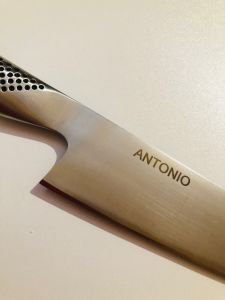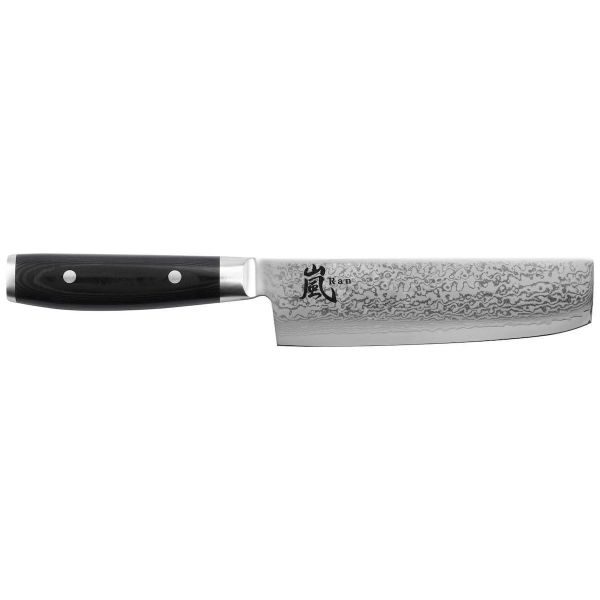Language
WORLDWIDE SHIPPING
Yaxell RAN Series Nakiri Vegetable Knife
€199.00
€163.11
Availability:
In stock
Yaxell RAN Series Nakiri Vegetable Knife
Yaxell Nakiri Knife – RAN Series
Japanese elegance, absolute precision.
The Yaxell RAN Series Nakiri knife is the ideal tool for those seeking professional performance combined with a refined aesthetic. Designed for the precise cutting of vegetables and greens, this knife combines excellent Japanese craftsmanship with the most advanced materials technology.
The razor-sharp blade is composed of a core of Japanese VG10 steel enriched with cobalt and molybdenum, with a hardness of 61 HRC according to the Rockwell scale. This core is enclosed between 34 layers of stainless steel per side, creating a 69-layer structure that guarantees strength, elasticity, and a unique aesthetic thanks to the Damascus chiseling.
Each knife is hand-sharpened and finished in five stages of craftsmanship, making each piece unique.
The handle is made of Canvas Micarta, an FDA-approved composite material resistant to moisture, heat, and impact. Composed of resins and black linen fiber, it offers a firm, secure grip and extraordinary durability. The stainless steel pommel gives the knife perfect balance and stability during use.
- 69-layer Damascus steel
- Micarta handle with high-quality finishes
- Japanese artisanal sharpening
- Ideal for vegetables, herbs, and precision cuts
Blade cm. 16,5
Shipping time: 2-3 days
FAQs

 IT
IT FR
FR
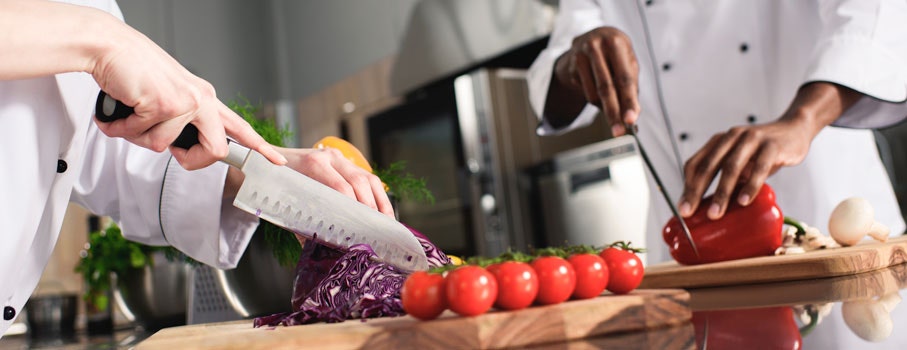
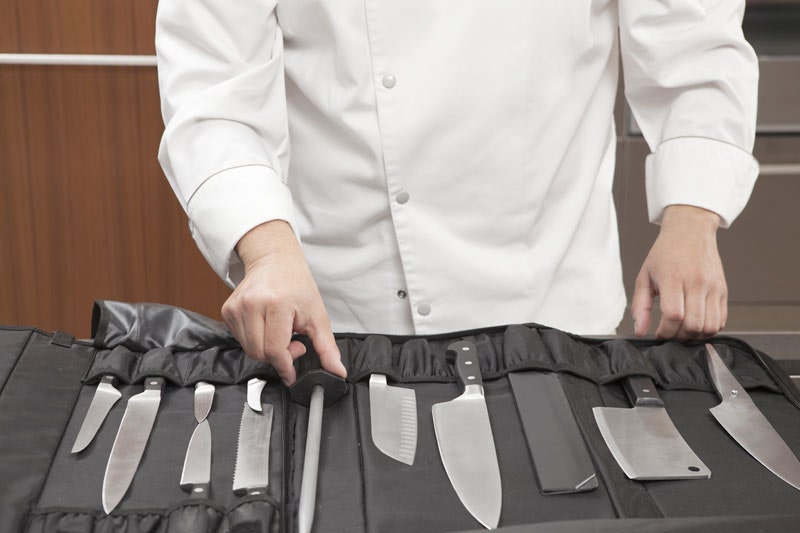
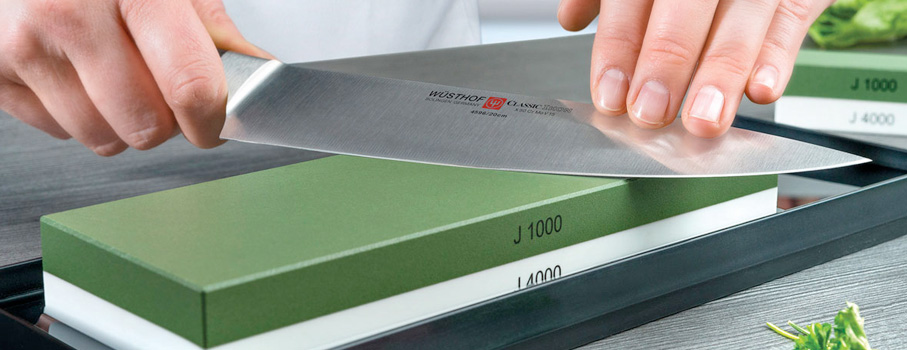
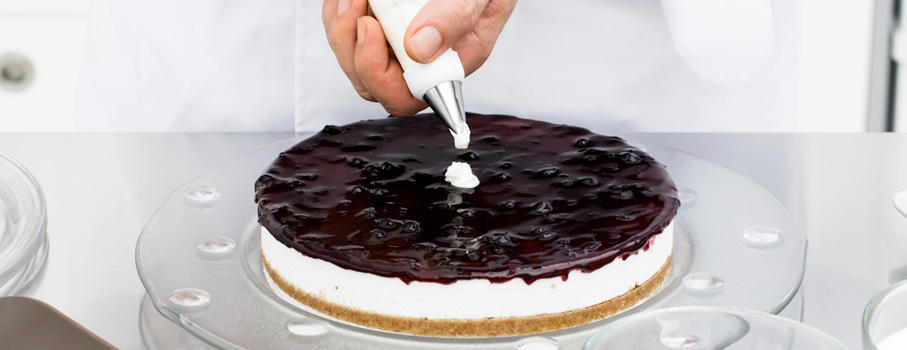

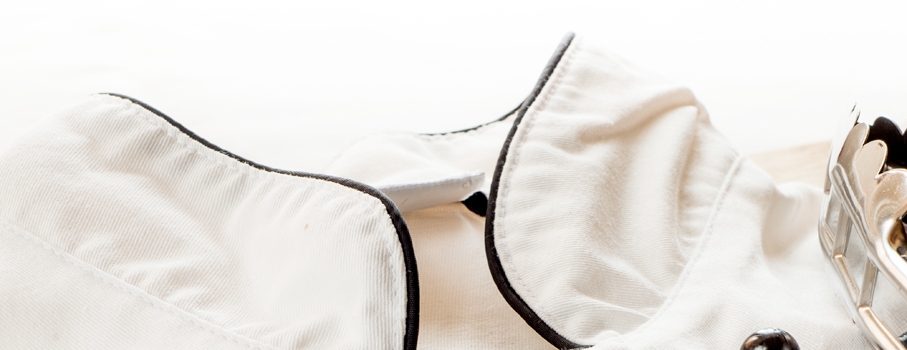
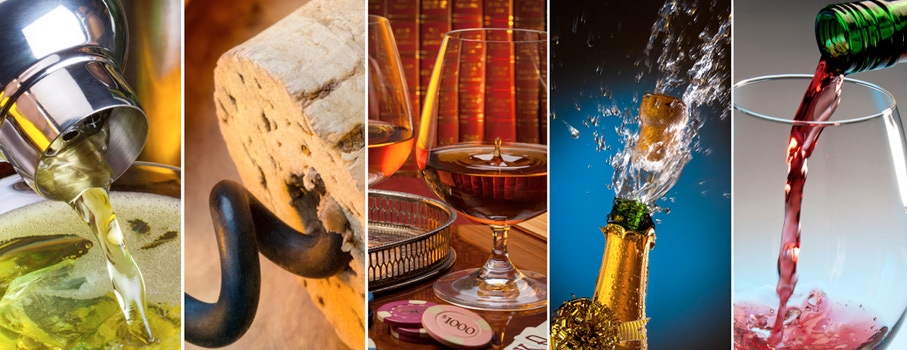
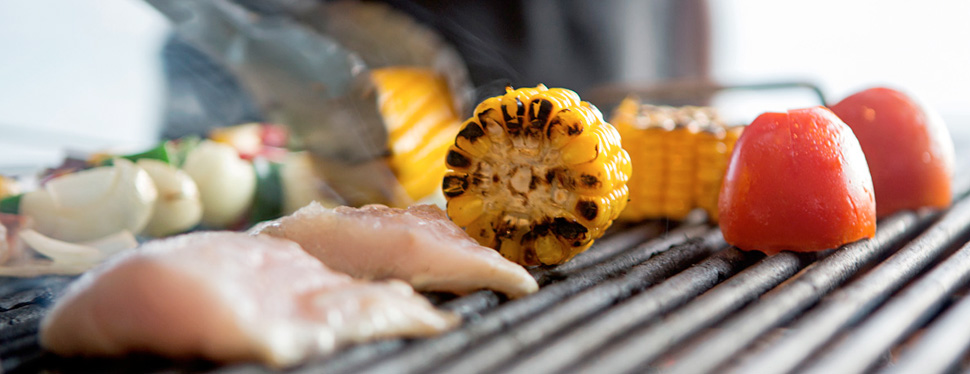

 IT
IT FR
FR
